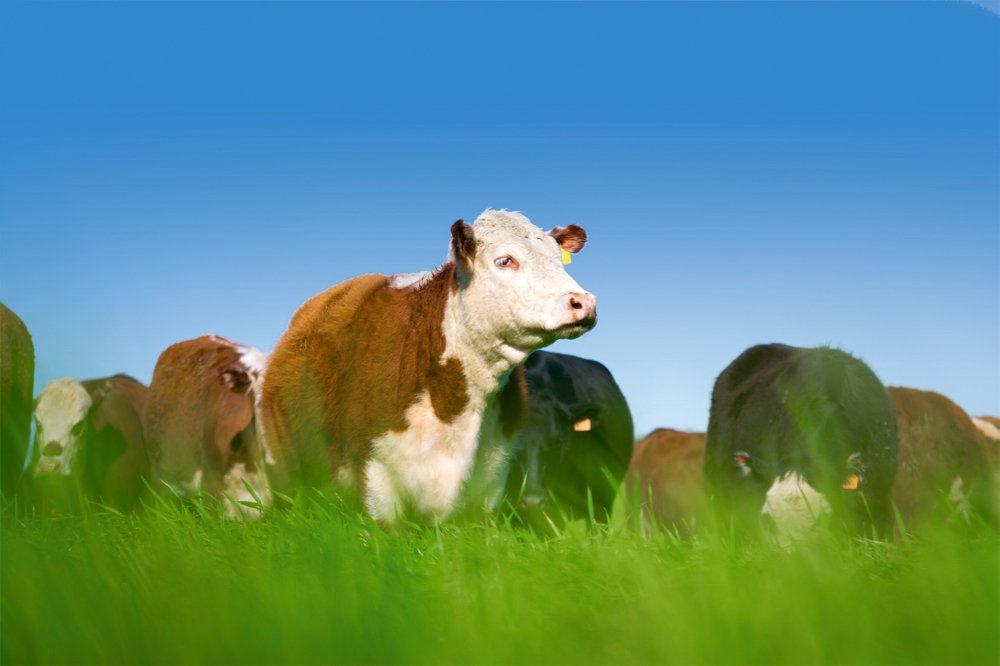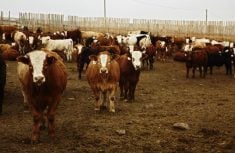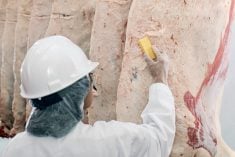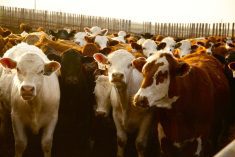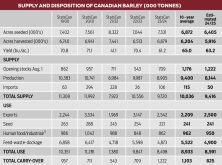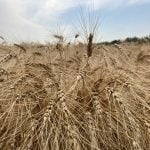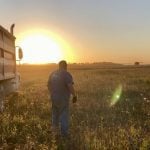One has to go back 72 years to find a smaller U.S. cattle herd than what USDA reported at the end of January. Its annual cattle inventory report revealed a fifth year of U.S. herd liquidation in 2023. The January 1, 2024 total for cattle and calves was an estimated 87.157 million head, which was down 1.9 per cent or 1.684 million head from a year earlier. This meant the total declined by 7.648 million head after it peaked in the latest cattle cycle at 94.805 million head on January 1, 2019. That peak came after five years of expansion, which indicates that the current cycle is conforming to its historic patterns.
The five years of liquidation were caused by numerous factors ranging from widespread drought to soaring input costs, especially the high cost of borrowing money to buy heifers for herd rebuilding. The big question now is: what will it take for rebuilding to start either this year or next?
Analysts say the rate of herd liquidation is likely to slow this year because of improved moisture conditions over much of cattle-grazing country. But herd rebuilding might not begin this year and feeder cattle supplies will be smaller because of last year’s near-record cow and heifer slaughter levels. Another factor will be that USDA estimates that the 2024 calf crop will total 33.593 million head, down 847,000 head from last year’s crop. The beef cow herd on January 1 totalled 28.223 million head, down 716,000 head or 2.5 per cent on last year’s 28.939 million head. Beef cow replacements on January 1 totalled 4.853 million head, down 1.6 per cent, and dairy cow and replacement numbers were each down 0.4 per cent.
Read Also
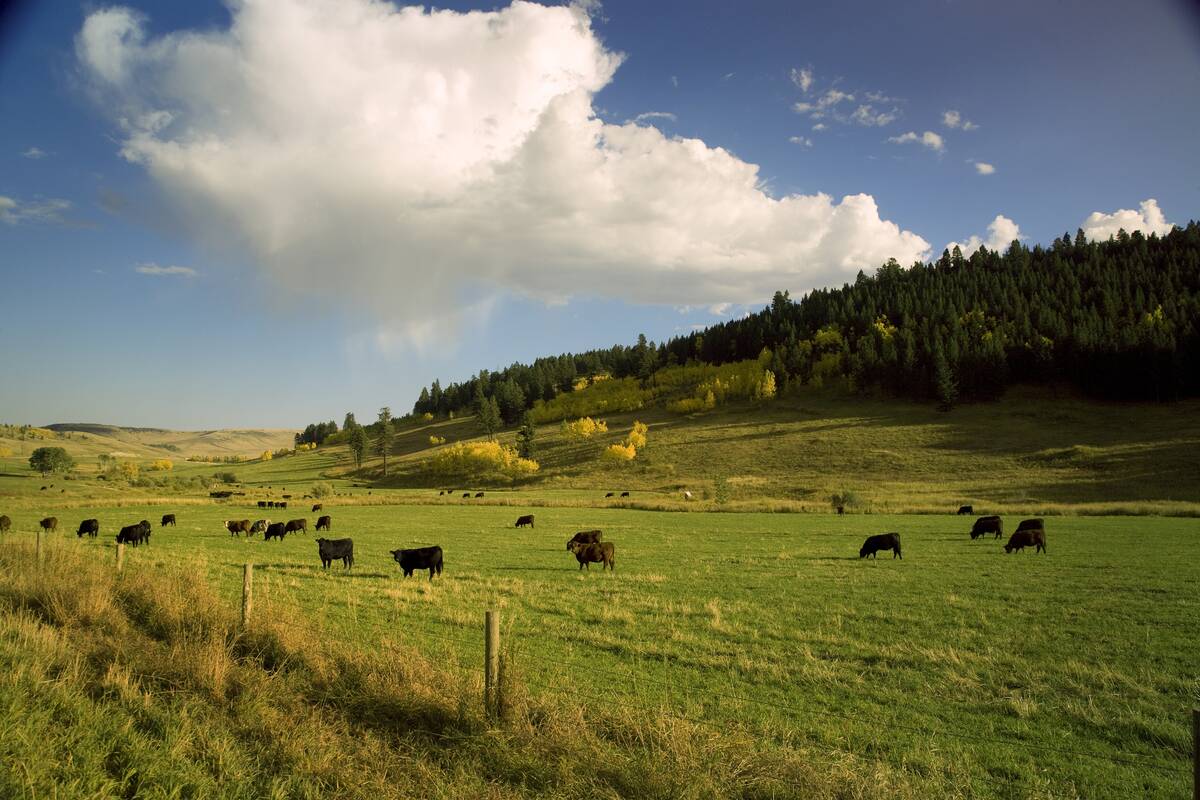
The Canadian Cattle Association’s international advocacy efforts
Global ag policies affect Canadian food policy, so the Canadian Cattle Association participates in international and domestic forums
Heifer and beef cow slaughter as a percent of total cattle slaughter under federal inspection was 42.1 per cent in 2023, says USDA’s Economic Research Service (ERS) in its January Livestock, Dairy and Poultry Outlook. This was the second-highest average weekly percentage since USDA’s data series began in 1986 and was just behind the record set in 2022 of 42.3 per cent. The annual commercial slaughter total was not available at the time of writing. But USDA’s Agricultural Marketing Service published actual slaughter under federal inspection through the end of the year. This allowed for the comparison of year- to-year slaughter.
In 2023, all classes of slaughter were down from the prior year, says ERS. But the proportion of heifers and cows in the slaughter mix was higher than anticipated a year ago. The expectation was that as drought from 2020–22 receded, pasture conditions improved and calf prices rose, producers would be more willing to retain heifers and cows to maintain or expand their herds. ERS in the same report raised its forecast for this year’s beef production 120 million pounds from the previous month to 26.11 billion pounds. This would be a decline of just over three per cent from 2023.
Every cattle cycle presents opportunities for change, says Rabobank analyst Lance Zimmerman in a new report. The focus for U.S. producers in the next 10 years needs to be on evolving into a beef supply chain that better adapts to the uncertainty that challenges participants in a largely commodity-based business. Production and price risk management are more challenging today for producers and beef processors than in previous cycles. The beef industry needs to build resiliency throughout the supply chain with the same intensity with which it built demand over the last three decades. Operations focusing on vertical co-ordination, technology adoption and policy engagement can create a more economically viable business that can better navigate the chaos of future cycles, he says.

